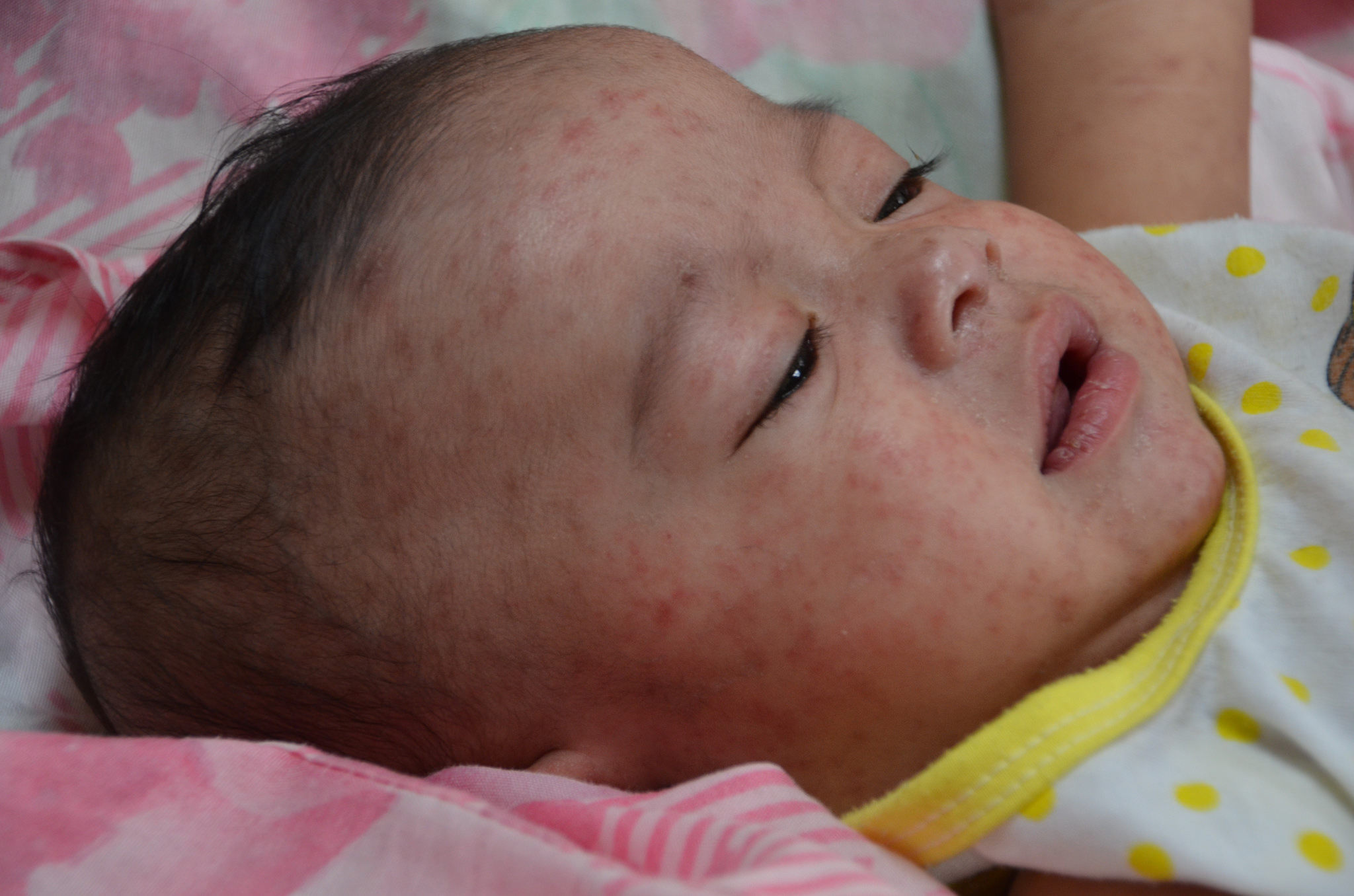In 2010, the World Health Organization (WHO) set some ambitious goals for fighting measles worldwide. By 2015, they wanted to reduce the number of deaths caused by measles by 95 percent compared to 2000. They set similarly ambitious targets for vaccination rates and measles infections.
The world has not reached these goals. And between 2016 and 2017, there was an alarming uptick in measles cases worldwide, according to a joint report by the WHO and CDC. “Complacency about the disease and the spread of falsehoods about the vaccine in Europe, a collapsing health system in Venezuela, and pockets of fragility and low immunization coverage in Africa are combining to bring about a global resurgence of measles after years of progress,” said Dr Seth Berkley, CEO of Gavi, the Vaccine Alliance, in a statement about the report.
Overall, between 2000 and 2017, there has been a lot of progress: annual global deaths have decreased 80 percent, from 545,174 to 109,638. Over this time period, measles vaccination has prevented approximately 21 million deaths globally, compared to a hypothetical world with no measles vaccines (in this world, the death rate would have been a lot higher in 2000, too). The number of cases reported annually plummeted from 145 cases per million people to just 25—although the goal was five cases per million. And 85 percent of people globally had received the first dose of the measles vaccine in 2017, compared to 72 percent in 2000.
That 85 percent is good, but lower than the 95 percent needed to create herd immunity—a vaccination rate in a population that’s so high that the virus is unlikely to meet anyone to infect, leaving it unable to spread via unvaccinated people and those with compromised immune systems. The rate has “stagnated for nearly a decade,” write the authors of the report. Meanwhile, coverage of the crucial second dose of the vaccine is only at 67 percent worldwide.
In 2000, 169 countries reported the number of recorded measles cases, and only 38 percent of those countries reported a rate in line with the WHO goal of 5 cases (or fewer) per million people. By 2016, that target had been reached by 69 percent of the 176 countries that reported their data. But in 2017, it took a dip, to 65 percent of the 184 reporting countries.
Part of that dip can be explained by the eight extra countries that reported their data, the authors of the report write. But that doesn’t fully account for the 31 percent increase in reported cases globally. The only region to see a falling infection rate in 2017 was the Western Pacific (including Cambodia, Fiji, Micronesia, and others), while Europe saw rates more than quadruple, and in the Americas, rates were more than 64 times higher.
A large part of the increase in the Americas is driven by an ongoing outbreak in Venezuela, where the virus has now re-established itself as a regular feature. This has also led to outbreaks in neighboring countries. The researchers have concerns about a similar situation in Europe, where measles may also have been gone past infrequent outbreaks and become established again.
There is, of course, uncertainty in these findings—they rely on reporting chains with many possible links, and comparisons between different countries and regions can be difficult to interpret, the authors note. But the slow progress and new outbreaks, they write, “highlight the fragility of gains made toward global and regional measles elimination goals.”
Morbidity and Mortality Weekly Report, 2018. DOI: 10.15585/mmwr.mm6747a6 (About DOIs).


